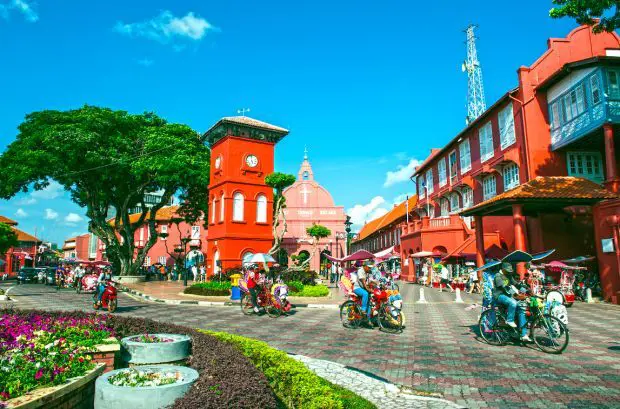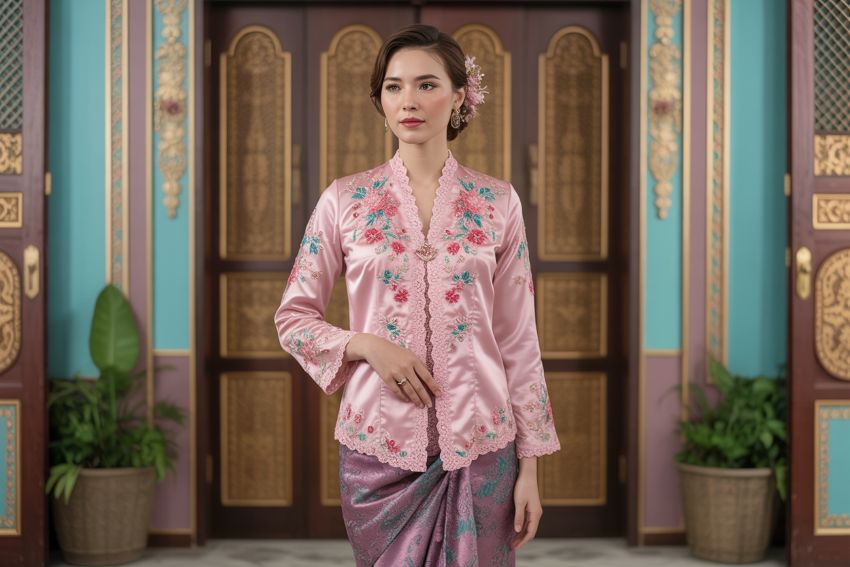Source: BERNAMA & Freepik
Melaka Govt Planning to Build 47.7km Bridge Linking Malaysia & Indonesia with 40-Minute Travel Time
The Melaka state government will present a study on the construction of a bridge connecting Malaysia and Indonesia, with an estimated travel time of 40 minutes, to the National Physical Planning Council (MPFN) in the near future.
Melaka Chief Minister, Datuk Seri Ab Rauf Yusoh, said the study, scheduled to begin next January, involves a proposal to build a bridge from Pengkalan Balak in Masjid Tanah to Indonesia, spanning a distance of 47.7 km.

For illustration purpose only
According to him, the large-scale project study will be refined before being submitted to MPFN for further review and evaluation.
“After that, we will bring this proposal to the Indonesian authorities to discuss joint implementation of the project.”
“We are confident that if realised, this bridge will have a significant economic impact on Melaka,” he said.
Connecting the two countries
Ab Rauf said the state government is investing about RM500,000 for consultancy services to assess the technical, economic, and logistical aspects of the project.
Datuk Seri Ab Rauf Yusoh
He also informed that the state government plans to acquire 5,000 hectares of land in Masjid Tanah as a new industrial area to support the development of the Kuala Linggi International Port (KLIP) and blue economy activities in Melaka.
“This bridge will become the final ‘world gateway’ connecting Malaysia and Indonesia, opening up broader cooperation opportunities between the two countries,” he said.
What do you think, ?








.jpg)












